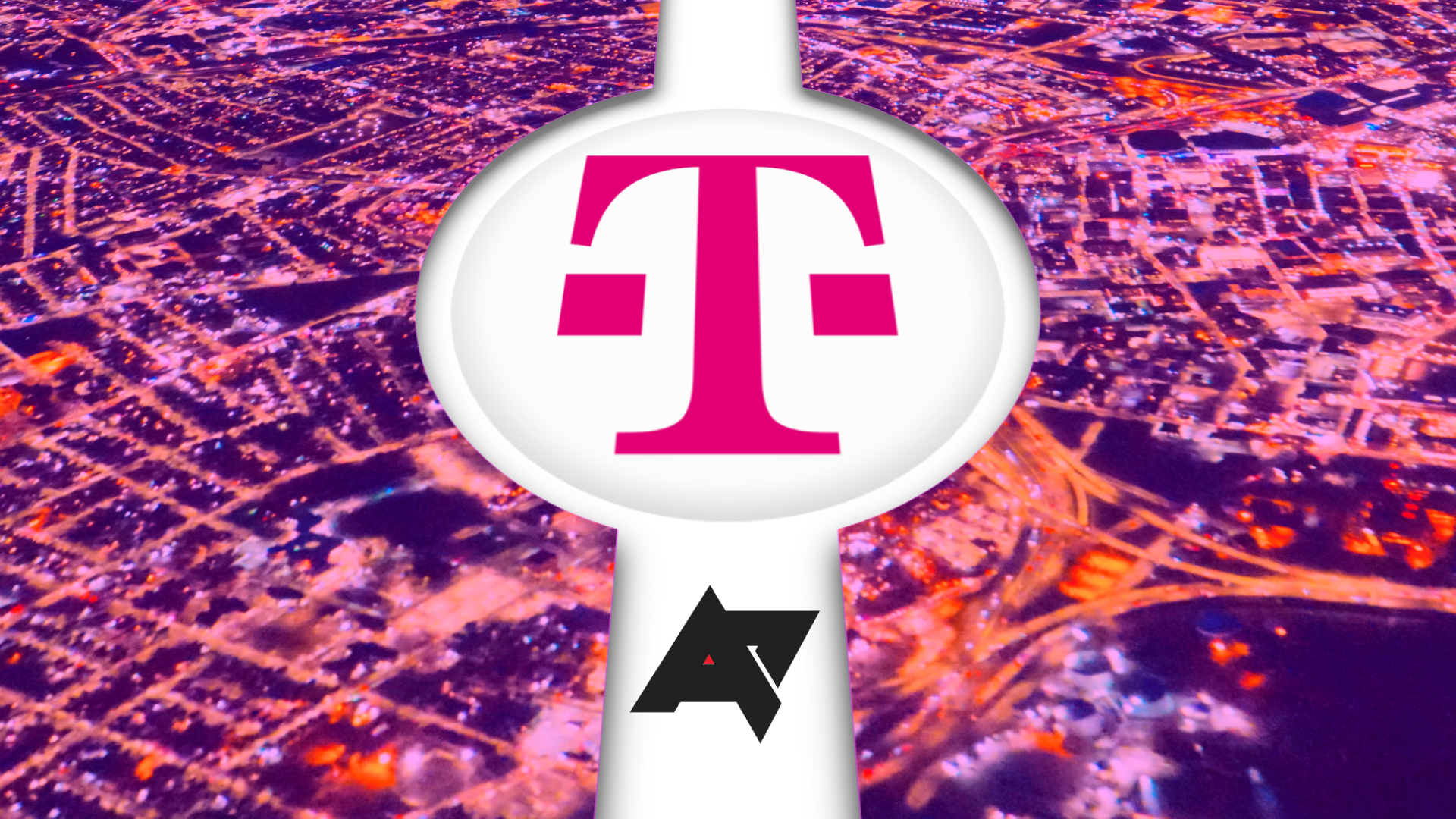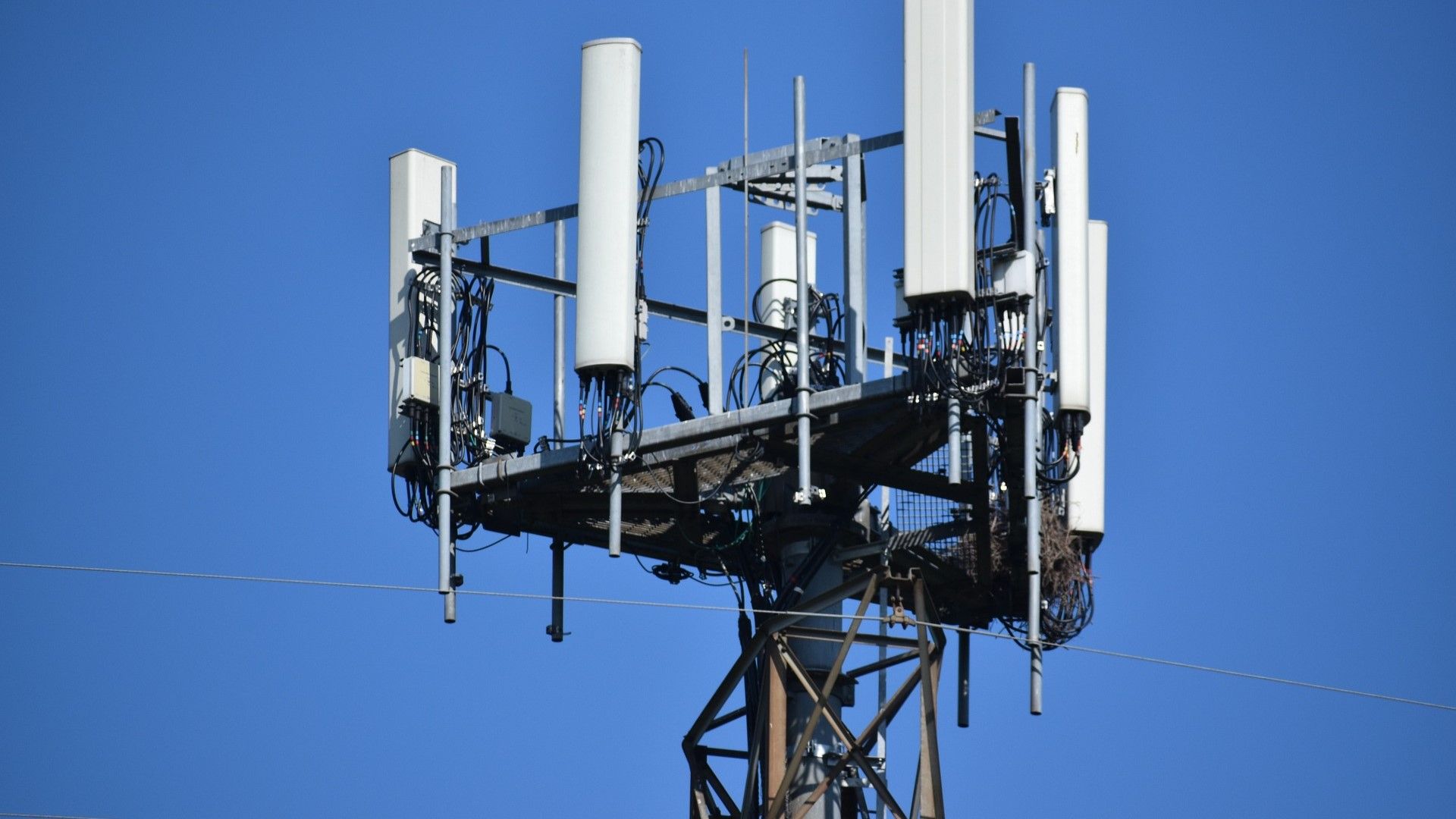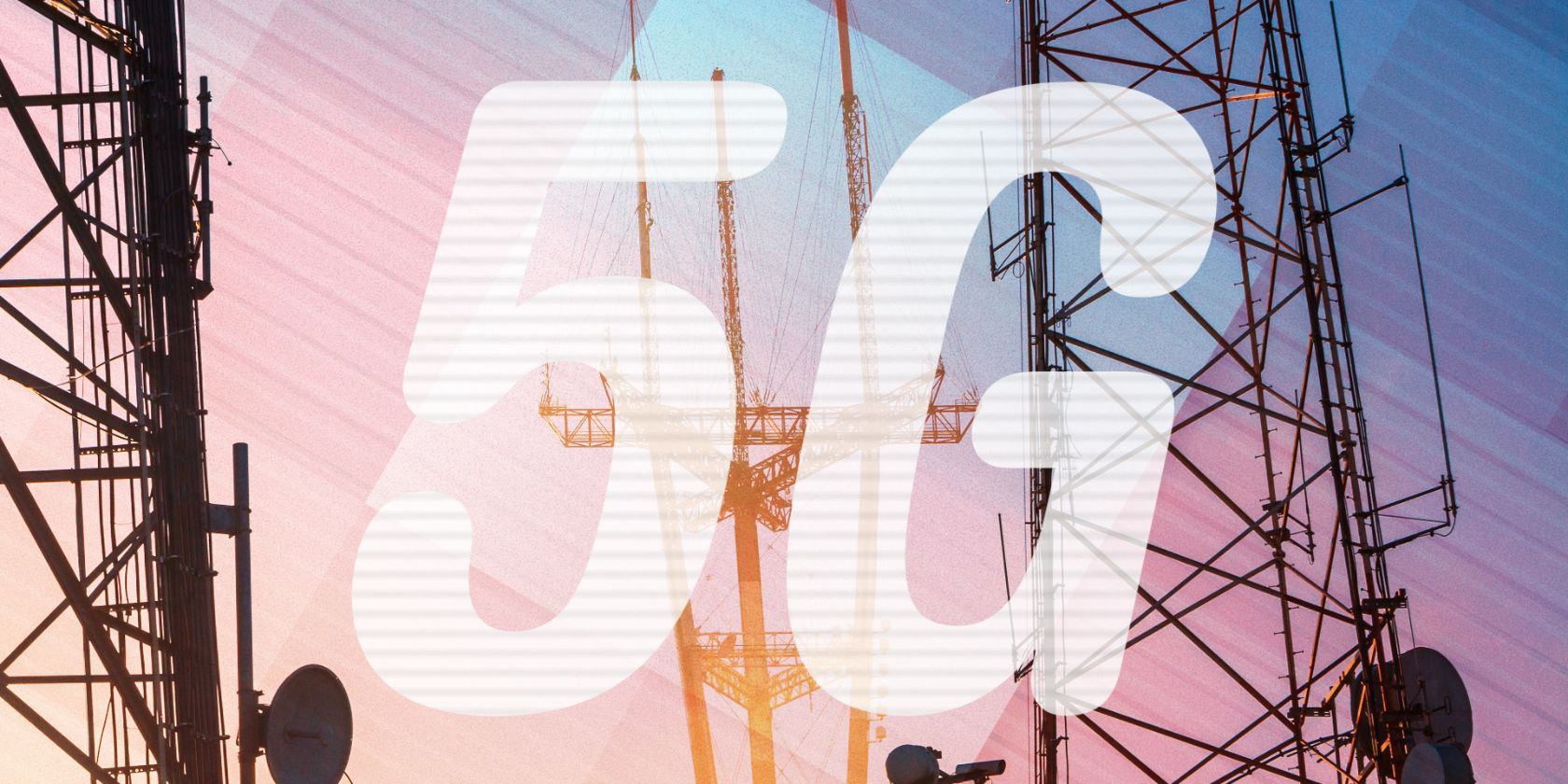T-Mobile was once considered an underdog in the US wireless carrier space, but that has changed. As one of the three biggest wireless carriers in the US, T-Mobile has grown and expanded its subscriber base by tens of millions. With a well-balanced 5G network in terms of coverage and reliability, it offers a variety of Android phones that work on its network. This guide covers T-Mobile’s company history, the network bands it supports, and how to contact its customer service team.
What is the history behind T-Mobile?
Before T-Mobile became the name we know today, it was known as VoiceStream Wireless in 1994, a sub-entity of Western Wireless Corporation. VoiceStream became an independent company in 1999 and was purchased by Deutsche Telekom, a huge telecommunications company in Germany. It was rebranded in 2002 and renamed T-Mobile USA, Inc. It continued to grow over the years and acquired MetroPCS in 2013. From there, it gained more traction in the wireless carrier industry. After it acquired Sprint in 2020, T-Mobile gained a massive subscriber count and network boost.
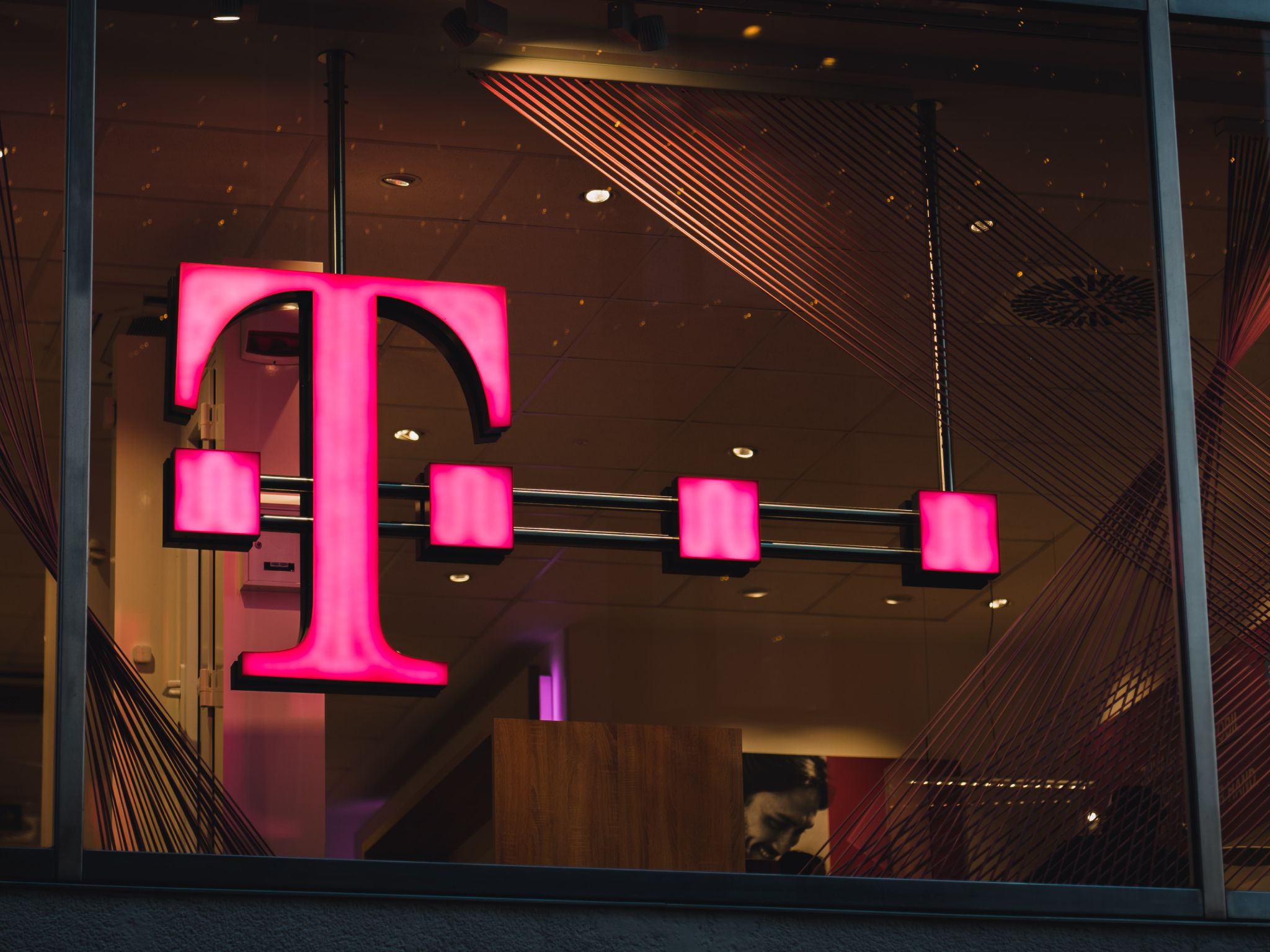
Best T-Mobile plans in 2024
Get the 5G data you need without wasting cash on features you don’t
How many subscribers does T-Mobile have today?
As one of the three major wireless carriers in the US, T-Mobile has millions of subscribers across the country. These numbers change with each quarterly earnings report throughout the year. However, every wireless carrier shows the number of new subscribers lost or gained for that quarter.
As of Q1 2024, T-Mobile had around 98 million postpaid phone subscribers. Combined with the other T-Mobile services, it had around 120.9 million total subscribers.
Which 4G LTE and 5G bands does T-Mobile support?
T-Mobile uses many common 4G LTE and 5G bands for its network infrastructure. Lower frequencies offer more distance at the cost of speed. This helps with better coverage, which is crucial for advancing 5G technologies. Higher frequencies provide less distance but increased speed, which is perfect for streaming. Mid-range frequencies balance wireless coverage and speed. C-Band 5G is built around this idea.
The section below lists which bands T-Mobile uses and the frequencies they operate within.
The common 4G LTE bands T-Mobile supports
- Band 2 (1900MHz)
- Band 4 (1700/2100MHz)
- Band 5 (850MHz)
- Band 12 (700MHz)
- Band 66 (1700/2100MHz)
- Band 71 (600MHz)
The general types of 5G bands in the US
- Low-band (anything below 1GHz)
- Mid-band: Sub-6 (anything below 6GHz)
- Mid-band: C-Band (3.7GHz to 3.98GHz)
- High-band or mmWave (24GHz to 53GHz)
Specific 5G bands T-Mobile supports
Low-band 5G:
- n71 (600MHz)
Mid-band 5G:
- n41 (2.5GHz)
High-band 5G:
- n260 (39GHz)
- n261 (28GHz)
- n258 (24GHz)
How can you contact T-Mobile customer service?
T-Mobile makes it relatively easy to contact it when needed. Its Team of Experts is always there to help, making it a customer-service-friendly company. T-Mobile offers various ways to get in touch with them, allowing you to pick the method that works best for you. From the general customer service phone number or chatbot to social media, T-Mobile has you covered.
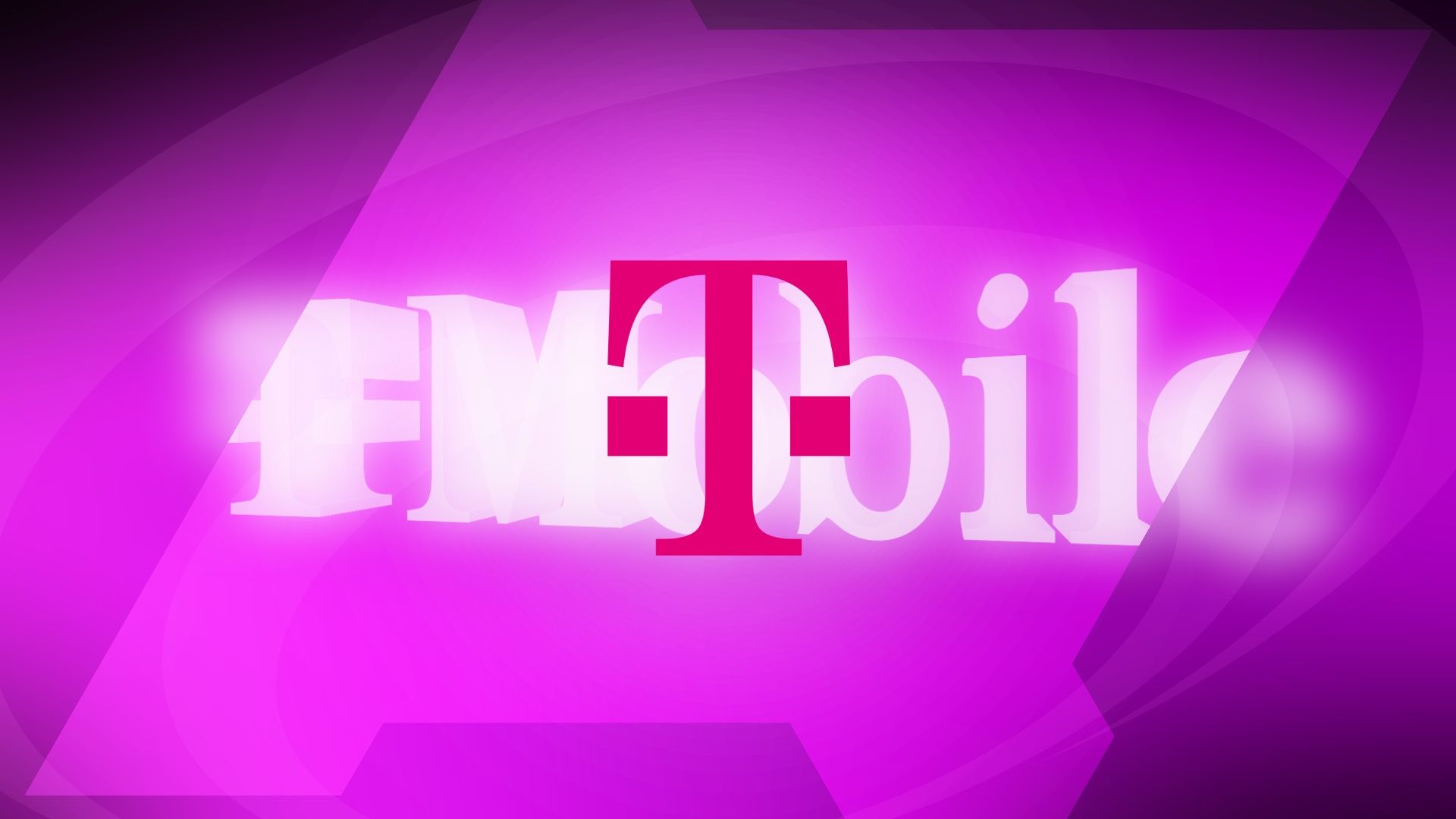
How to find your T-Mobile account number
You will not need it often, but it’s good to know where to find it
In the sections below, we go over how to contact T-Mobile’s customer service team if you have questions about your account.
Check out the main wireless customer support page
If you want answers to your questions, visit the T-Mobile wireless customer support page. Scroll through the relevant links about your account or other T-Mobile services. There’s also a place to type a question to narrow your search results with more specific links. A Device help section is near the bottom of the page if you need technical support for a particular device.
Call the customer service phone number
If you prefer to make a phone call, T-Mobile has a few customer service numbers. If you’re looking for general T-Mobile customer service or technical support, call 1-800-937-8997. You can also dial 611 if you use a T-Mobile phone.
If you’re a T-Mobile High-Speed Internet subscriber, call 1-844-275-9310 for customer service or technical support.
Use the T-Mobile online chatbot for instant results
Chatbots have become a big part of online-based customer service, and T-Mobile is no different. It offers a chatbot to answer your questions. Visit the main T-Mobile Contact Us page, then click the Chat with us button in the lower-right corner to start a chat. Type your question, and the T-Mobile chatbot guides you through the rest of the process. It answers your questions or points you in the right direction with its responses.
If you want to chat with a T-Mobile Expert, type talk to a live representative. It redirects you to a live chat agent if one is available.
Use its social media channels as needed
If you want to use social media to ask a question, T-Mobile is good at responding and helping its community. This is a casual way to ask anything that might be on your mind about T-Mobile or your account. Start by trying T-Mobile Help on X (formerly Twitter), where it is known as T-Force. Alternatively, contact T-Mobile on Facebook and chat using Messenger, where a representative typically replies instantly.
Which smaller wireless carriers rely on T-Mobile’s networkT-Mobile may be one of the largest wireless carriers in the US, but multiple smaller carriers rely on its network. These carriers, called Mobile Virtual Network Operators (MVNOs), lease cellular towers from larger carriers, such as T-Mobile. Since MVNOs don’t maintain the network infrastructure, they can shift their attention elsewhere. This allows them to focus on other aspects of their business, such as offering customers unique features and cheaper phone plans.
Some MNVOs have agreements with more than one major wireless carrier, so they can simultaneously support multiple wireless carriers.
Here are some of the biggest MVNOs that rely on T-Mobile’s network:
- Boost Mobile
- Consumer Cellular
- Google Fi
- Metro by T-Mobile
- Mint Mobile
- Tello
- Ting
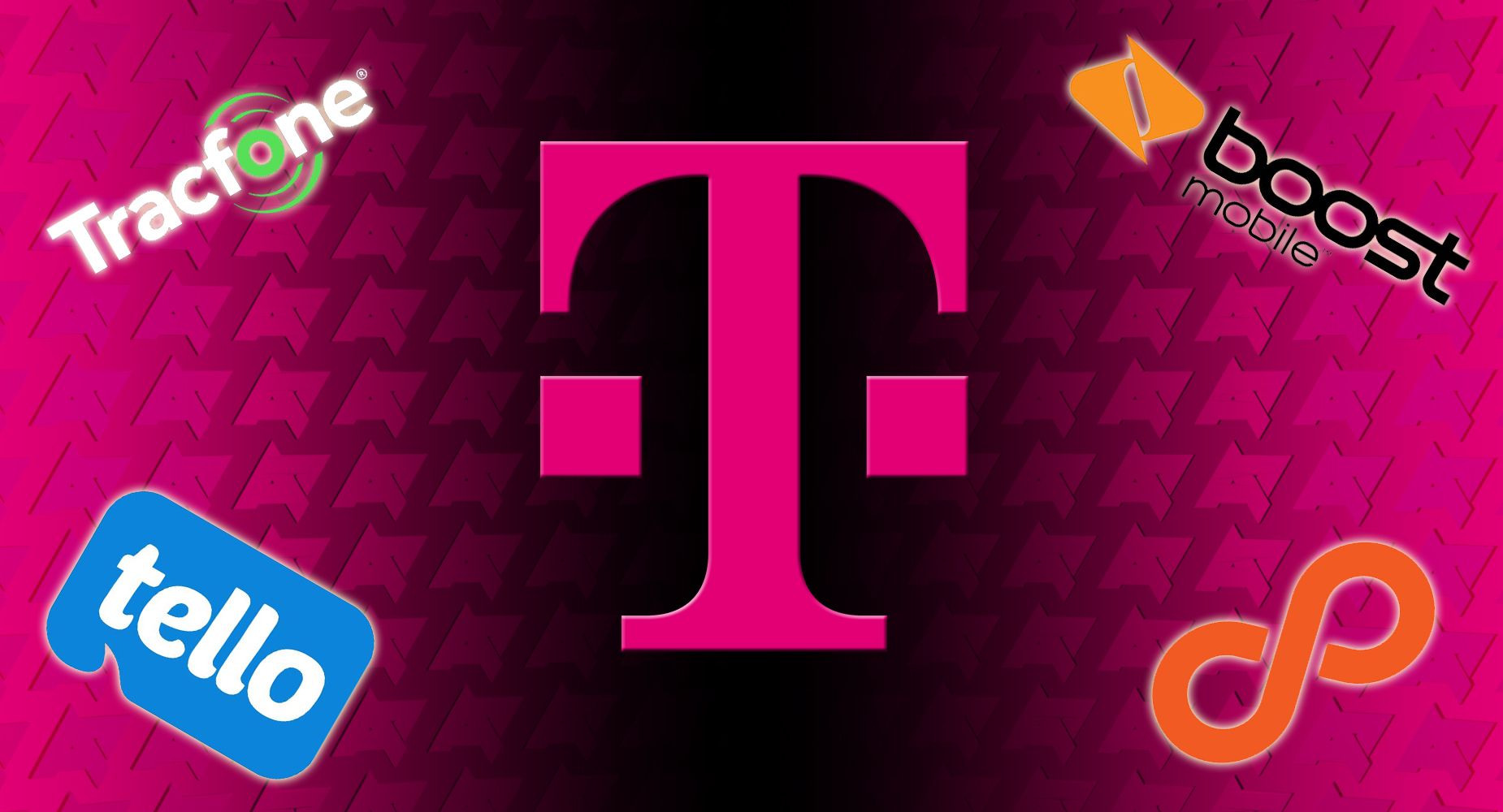
Nearly every MVNO that uses T-Mobile’s network
Find the perfect carrier for you on T-Mobile’s airwaves
T-Mobile’s future in the wireless industry continues to expand
T-Mobile was once an underdog that couldn’t compete with the biggest names in the wireless networking industry. Today, it has some of the highest postpaid phone subscriber numbers. Combined with its well-balanced 5G network, T-Mobile will continue to grow and serve as many customers as possible. It is also eyeing more of the C-Band 5G spectrum, which can be beneficial in achieving that goal. This will allow it to continue expanding its efforts by offering a fast, reliable 5G network with even more solid coverage.




